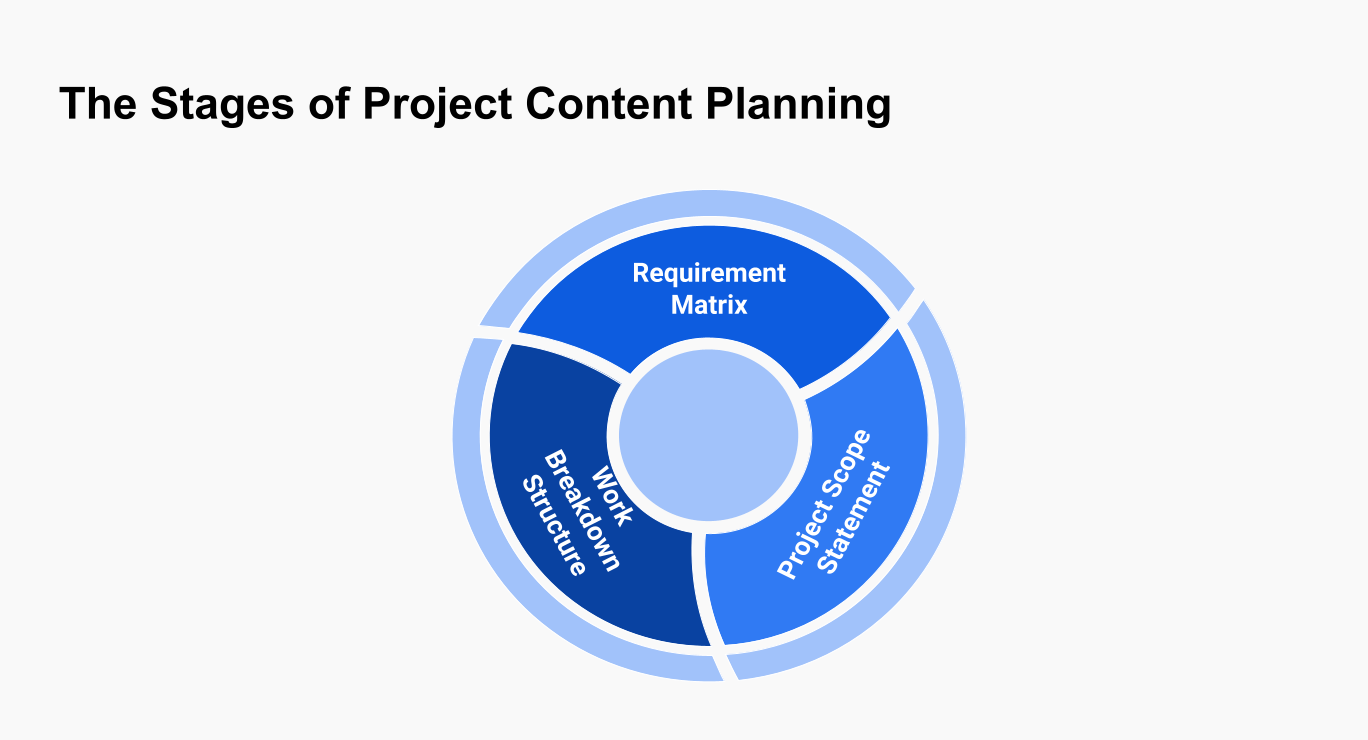Mastering the Project Scope Statement: A Blueprint for Success
September 17, 2024 · 5 min read
What is a Project Scope Statement, and how do you create one that sets your project up for success? Let’s break it down.
What is a Project Scope Definition?
The Project Scope Statement (or statement of work) is a document that outlines the boundaries of your project. It defines what’s included in the project and, just as importantly, what’s not. Think of it as the agreement between you and your stakeholders about what the project will deliver.

How to Write a Project Scope: Your Go-To Project Scope Example
Creating a Project Scope Statement can feel daunting, but having a solid project scope template can simplify the process and ensure you don’t miss any critical details. A well-structured template serves as a roadmap, guiding you through each component of the scope statement and making sure you cover all the bases. Here’s a breakdown of a simple project scope statement example that you can adapt to your projects:
- Project Title. Clearly state the name of the project. This should be concise yet descriptive enough to indicate the project’s purpose.
- Project Overview. Provide a brief summary of the project, including its goals and the problem it aims to solve.
- Project Objectives. List the specific objectives of the project. These should align with the overall business goals and be SMART (Specific, Measurable, Achievable, Relevant, Time-bound).
- Deliverables. Outline all the deliverables the project will produce. Be as detailed as possible, specifying the format, content, and any other relevant details.
- Scope Description. Provide a detailed description of the work that needs to be done to achieve the project objectives. Include the major tasks, work phases, and any key milestones.
- Acceptance Criteria. Define the conditions under which the project’s deliverables will be considered complete and acceptable. These criteria should be agreed upon by all stakeholders to ensure alignment.
- Exclusions. Clearly list what is not included in the project scope. This helps prevent scope creep by explicitly stating what is out of bounds.
- Constraints. Identify any limitations or restrictions that could impact the project, such as time constraints, budget limitations, or resource availability.
- Assumptions. Document any assumptions you’re making when planning the project. These could include things like availability of key resources, stakeholder commitment, or market conditions.
- Project Milestones. List the key milestones in the project’s timeline. These are significant points in the project that signify progress and help keep the team on track.
- Roles and Responsibilities. Define the roles of each team member involved in the project, along with their specific responsibilities. This ensures everyone knows who is accountable for what.
- Sign-Off Section. Include a section for stakeholder sign-off. This formalizes the agreement on the project scope and serves as a record that all parties are aligned.
Why is the Project Scope Statement Important?
The Project Scope Statement provides the clarity and structure necessary to keep your project on track. Here’s why it’s crucial:
- Prevents Scope Creep: By clearly defining what’s in and out of scope, you protect your project from unnecessary changes that could stretch your resources thin.
- Sets Clear Expectations: It ensures that everyone involved—team members, stakeholders, and clients—understands what the project will deliver, reducing misunderstandings.
- Guides Decision-Making: When faced with choices during the project, the scope statement serves as a reference point to determine whether new requests align with the project’s goals.
Final Thoughts
The Project Scope Statement is more than just a document—it’s the foundation of your project’s success. By clearly defining the scope, you set the stage for effective communication, efficient resource management, and, ultimately, the successful delivery of your project. Whether you’re managing a small task force or leading a major initiative, a well-crafted project scope management is your best defense against the chaos of an uncontrolled project.
About the Author
Sergey Koshevoy is the CEO of Planyway and a seasoned product manager, bringing a wealth of experience in project management and team collaboration tools. A fan of productivity techniques, Sergey is passionate about creating intuitive and efficient solutions that help teams work smarter and achieve their goals.


